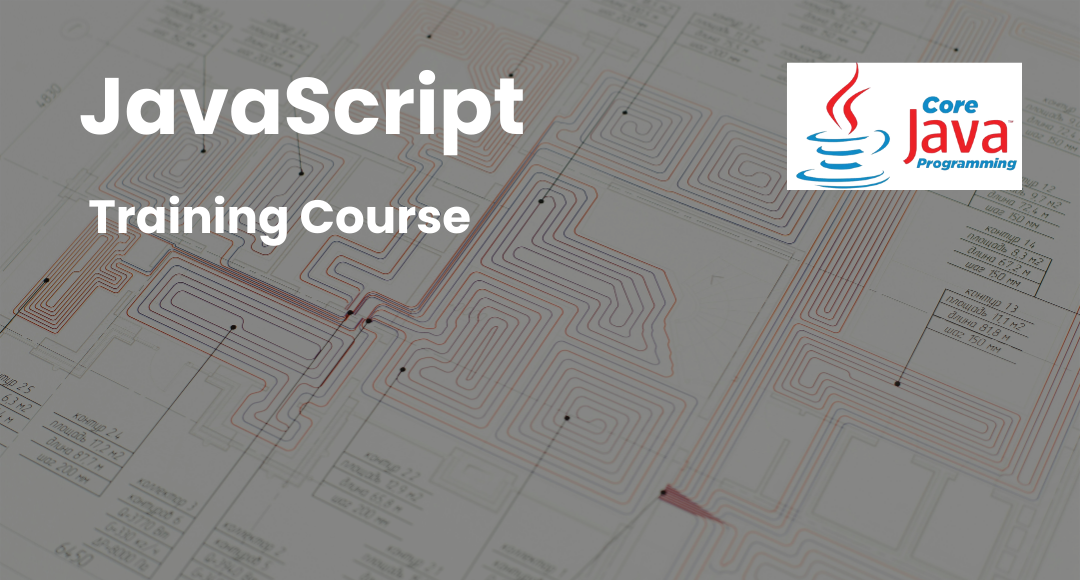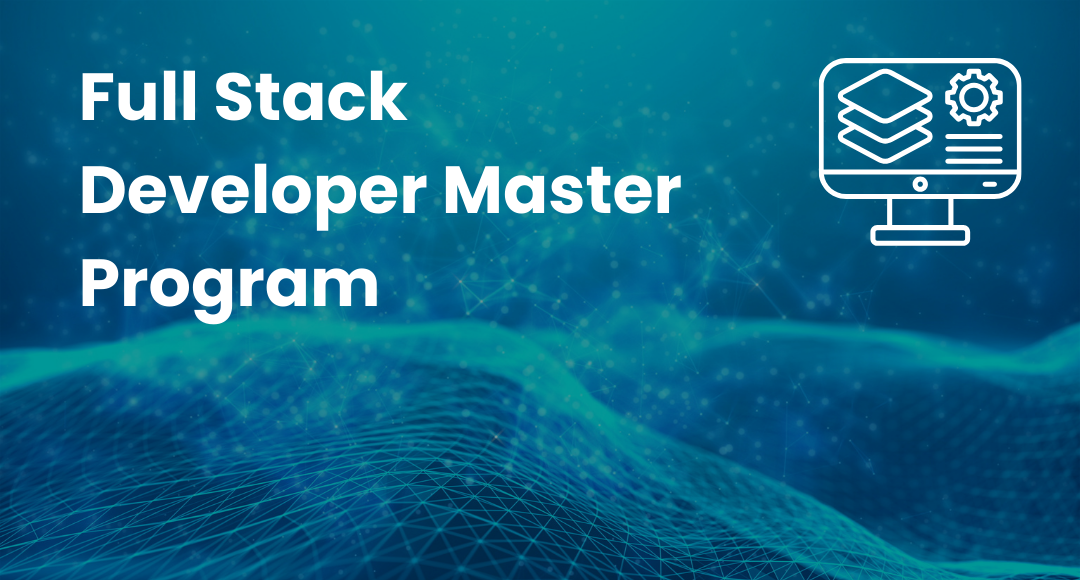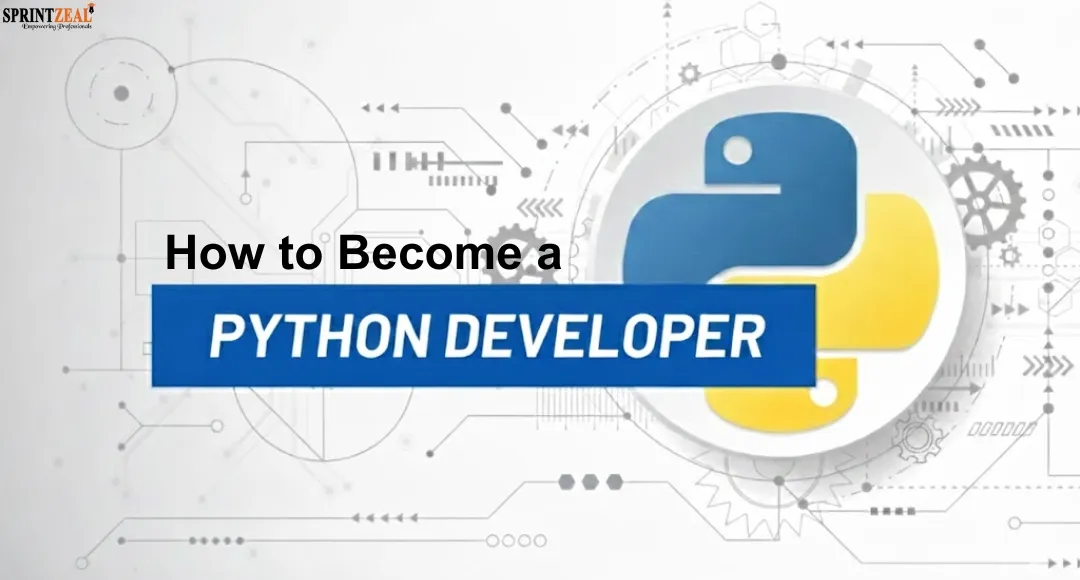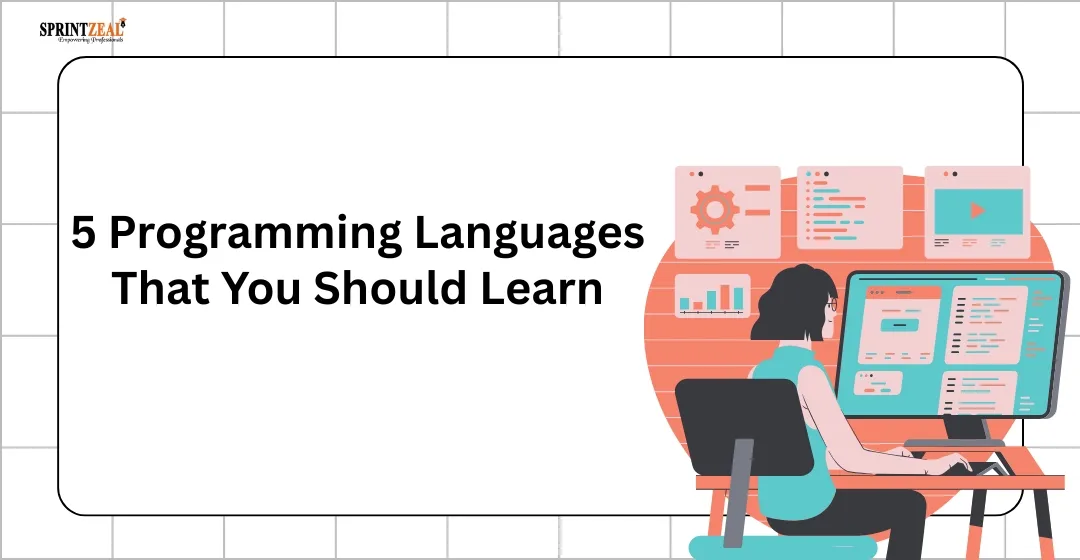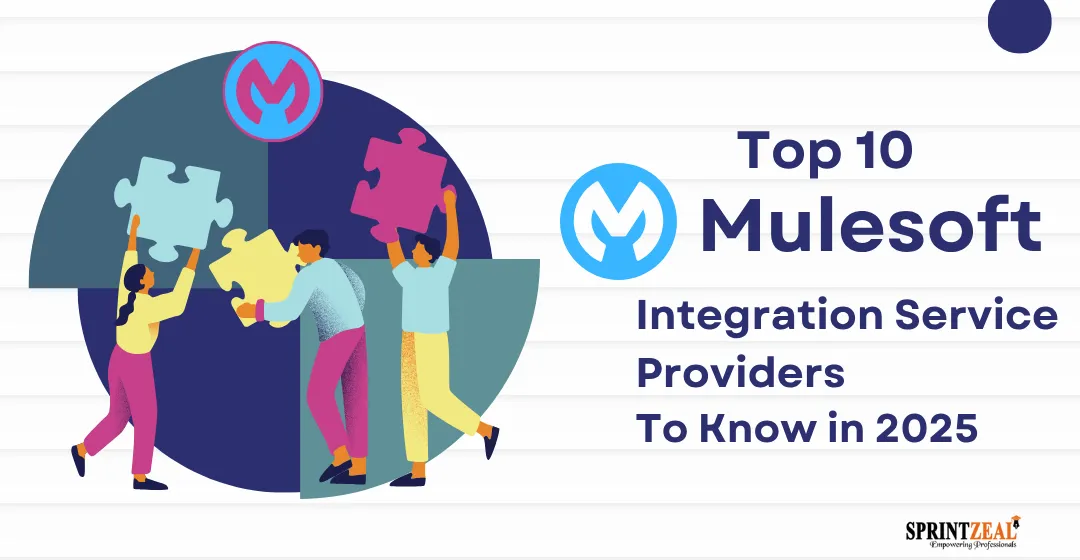OOPs Concepts in Java: Basics, Characteristics and its Examples
-
 By Nchumbeni Yanthan
By Nchumbeni Yanthan - Published on Dec 17 2025

Introduction to OOPs Concepts in Java
Object-Oriented programming or OOPs was implemented with the restrictions dealt with in earlier programming approaches.
To really understand Object Oriented Programming language (OOPs) concepts and their methodology, understanding the traditional limitations and disadvantages put on a programming language is vital.
In the first place, OOPs came into the picture to resolve the restrictions in the operation analysis like maintenance and durability to programming.
The elemental aim of OOPs is to put together both the data and the functions that use these data as a source into a sole unit. This single unit has a number of entities called objects. Data and functions assemble around the objects, and the objects are identified by a user doing the tasks allocated. Objects communicate through that particular function.
This is done so that only that particular function can approach and no other code. It aims to bring data close to functions associated with the object and to safeguard it from accidental modifications from external issues.
This article deals with pure OOPs concepts with their basic principles and briefly characterizes them in general.
Table of Contents
What are 4 Pillars of Java OOPs Concepts?
OOPs (Object-Oriented Programming System) is a programming concept. It is a core of Java programming used to design programming using classes and objects. The OOPs concepts in Java are built on the four main principles.
- Encapsulation:
It binds data and operations that work on data together in a construct. - Abstraction:
It is a process that displays only essential information. - Inheritance:
It defines relationships among classes. - Polymorphism:
This utilizes a function in multiple different forms. 'Poly' means 'many,' and 'morphism' means 'forms.'

It also relies on the other three concepts of association, aggregation, and composition.
Our blog on OOPs Interview Questions And Answers provides all the important OOPs interview questions and answers to help you begin your journey in this sphere.
Basic OOPs Concepts with Examples
The basic Java OOPs concepts in general includes,
1) Class
The class is the first basic OOPs concepts, which is a group of the same entities. Class is a logical component and not a physical entity.
For example:
If there is a class as ‘branded shoes’, the objects can be Burberry, Stuart Weitzman, Louis Vuitton, Gucci, and more. The properties or data of the class can be brands, unique pieces, or prices of these shoes.
The methods that may be performed with these shoes are global size standards, unique materials or features, comfort, signature, and style.
Class declaration also has some elements. We have discussed them here.
Modifiers: By default a class can be accessed. Yet it can also be public.
Class name: The convention is to start the name of a class with the capital letter.
Body: The braces, { } are used to enclose the class body.
2) Objects
An object is a real-world thing. It is a basic unit of OOP that can be physical or conceptual.
An object in object-oriented programming is a class instance that can be physical or conceptual.
It also has a state and behavior. Along with this, the information and function that operate on the data.
For example, let us consider conceptual and physical objects. This can be bikes (physical) and institutes (conceptual). Other examples include tables and chairs. Even glass, trucks, cars, engines, and more.
An object mainly consists of:
- State
- Behavior
- Identity
- Method
3) Inheritance
Inheritance is another of the basic OOPs concepts in Java and the most powerful feature, in which one class shares structure and behavior defined in one or more classes. The medium of obtaining a new class from an old class is defined as inheritance or derivation.
It is the relationship among the classes. The old class is the base class. The new class is called the subclass (derived).
An OOP example: A family of four members having a father, mother, son, and daughter. The father and mother (parents) were taken as the base class. The son and daughter (children) as a subclass.
The subclasses (children) will often inherit features derived from both the base class (parents) with better versions of inheritance.
Similarly, OOP, with the use of effective inheritance, can reduce errors and save time in programming. This, thus, will result in quality work and productivity.
Another example:
Java and C# are OOPs languages that do not support multiple inheritances through classes.
The different types of inheritance that are supported by Java:
Java Inheritance Types
- Single Inheritance
- Multilevel Inheritance
- Hierarchical Inheritance
- Multiple Inheritance
- Hybrid Inheritance

4) Polymorphism
'Poly' is a Greek term that means 'many,' and 'morphism' means 'forms.'
This is another OOPs concept that has the ability of a variable or function to take more than one form. Polymorphism is also the ability to use a function in many forms. This means that the same operator behaves differently in varying scenarios.

Types of Polymorphism
Polymorphism in Java is mainly of 2 types, as mentioned below:
- Method Overloading
- Method Overriding
Take an OOPs example: the class animal or human cannot have the same behavior. Similarly, an entity, function, or object behaves differently as per the scenarios. Overloading and overriding are examples of OOPs. Types of Polymorphism
Polymorphism in Java is mainly of 2 types, as mentioned below:
- Method Overloading
- Method Overriding
Take an OOPs example: the class animal or human cannot have the same behavior. Similarly, an entity, function, or object behaves differently as per the scenarios. Overloading and overriding are examples of OOPs.
5) Abstraction
Abstraction is an activity that displays only the essential information and excludes unnecessary information.
A technique for data hiding that selects data from multiple data sources to display only required information. The motive is to minimize programming complexity and effort.
For example, for operating a television, a user need not focus on internal operations. They have to pay attention to the remote control, screen display, switch and cable connection, and others.
There are also certain benefits associated with abstraction. These include:
- It reduces the level of difficulty and complexity.
- It also enriches maintenance.
6) Encapsulation
Encapsulation is the first pillar or principle of object-oriented programming. A process of binding data (properties, variables) and operations or functions (methods) that works on data together in a single construct. A class can be the best example of encapsulation.
For example, consider going to the salon; only the stylist has the experience and the options based on your requirements.
Now let us discuss some advantages associated with encapsulation
Improved data security
Encapsulation hides sensitive data. It does this by restricting direct access to variables. Remember that only controlled methods can modify the values. They also improve the overall security.
Improved maintenance of code
Internal changes to a class don’t affect external code. This makes updates easier. At the same time, it supports cleaner and more stable programs.
Increased Flexibility and Control
Getters and setters allow controlled data access. Validation and rules can be added to make sure there are safe modifications.
7) Association
The relationship between two separate classes with the help of objects is called association. A basic concept in Java describes the connection between two or more objects.
For example; let us take a connection between the airplane and the passengers. Many passengers associate with one airline, while, a single passenger associates with multiple airlines. Likewise, multiple passengers connect with multiple airlines, and a single passenger with one airline.
8) Aggregation
Aggregation is the technique where objects have their separate lifecycles; it represents a special connection between an object containing other objects.
When an object ‘has a’ another object, then you have got an aggregation in between them. This is also called a ‘has a’ relationship. For an OOPs example, an employee can be only in one department. Even if the department is deleted, the employee exists. This is called an ‘has a’ relationship.
- The same idea is applied in programming in order to refer to the connection between two distinct classes.
- Association is HAS-A association.
- The objects help to connect these classes.
- In our case, when we design a class ‘Airport,’ which would be the airport, and the other class ‘Plane,’ which would be planes in an airport, we can depict their relationship as follows.
9) Composition
Composition is one of the fundamental aspects of object-oriented programming that is a special case of aggregation.
It outlines a class that cites one or more objects of the other class occurrence variables. In both aggregation and composition, a direction to specify is a must as the object contains the other object.
When an object carries another object, if the contained object is incapable to exist without the existence of the container object, it is defined as composition.
For example; if item 2 is created from item 1, then, item 1 has the power to delete item 2. Unlike aggregation, object 2 cannot exist without object 1.
Characteristics of OOPs Concepts
Introduction to OOP and Oops Concepts.
Object-oriented programming (also referred to as OOP) is an object-centric development paradigm. The fundamental OOPs concepts offer a systematic and modular software construction methodology.
In object-oriented programming systems are considered to be cooperating groups of interacting objects. This view contrasts OOP with the previous procedural programming and is the foundation of the current concepts of object-oriented programming applied in most languages.
Objects, State, Behavior, and Encapsulation.
Each object in OOP possesses a state, which is represented in terms of its properties, and behavior in terms of its methods. In this method, the concept of encapsulation is of concern, as data are not subjected to outside interference.
They are always used in languages like OOP Java, object-oriented programming C++, and OOP concepts in Python, where the structures of objects combine data and operations in order to have controlled access and protection.
Object Communication and Data-Centric Design.
One of the most important aspects of OOP principles is that more focus is placed on data and less on procedure.
Programs can therefore be separated into autonomous objects that interact with each other by passing messages, i.e., sending and receiving information using functions. The model of interaction provides a solid basis for effective OOP coding and easier maintenance and understanding of the program.
Data Structures and Use of OOP in Language.
In OOPs concepts, information is contained in data structures, which characterize objects.
The structures assist the developers to structure the state and behavior of a program in a consistent manner, whether C++ OOP programs or Java object-oriented concepts or any other language based on Java in OOP methodologies.
Extensibility, Abstraction, and Bottom-Up Design Approach.
The concept of extensibility is one of the most useful OOPs concepts, which enables the easy addition of new data or functions. This is together with the abstraction of object-oriented programming whereby developers are able to conceal complexities and reveal only those features that are necessary.
This is conducive to a bottom-up design model so that OOP is scalable, flexible, and suited to changing software environments.
Benefits of OOPs Concepts
OOP, or the OOPs concepts, has become the core of modern software development.
- The power of such a paradigm is the underlying ideas of OOP encapsulation and inheritance. Along with polymorphism and abstraction.
- These object-oriented programming concepts help the programmers to structure software in a way that reflects real-world objects. Due to this, the systems become more intuitive as well as scalable.
- The greatest advantage of OOP programming is modularity. It is less difficult and more efficient to troubleshoot because of the separation of programs into distinct objects that have their own data and behavior.
- This modularity makes the task of object-oriented design easier to achieve because the developer can focus on the various components of the system without affecting the entire system. It is also analogous to real-world programming, where objects are real-world objects, and this makes the code easier to understand and gives it a better logical structure.
- Another useful benefit that is associated with reusability is inheritance.
- In certain languages, such as those with the OOPs concepts in Java or the OOPs concepts in Python, one can inherit the properties of any existing classes. As this reduces redundancy and promotes consistency.
- This complies with significant OOPs concepts that allow the developers to develop larger and more complex programs with minimal limitations.
- This reusability has the effect of reducing maintenance costs and increasing change resilience as projects increase.
- Polymorphism enhances flexibility whereby objects act differently depending on the context. This does not only enhance problem-solving but also leads to the enhancement of software quality and a well-defined modular design. Aspects like the passing of messages simplify communication between objects, which further improves cooperation among objects in the system.
- OOP is also faster in development. Through the use of reusable and ready-made parts, programmers can accomplish their objectives more quickly and ensure a high level of productivity. The interactive and stateful nature of objects makes GUI development more intuitive, such as making it easier to develop.
- You may be researching to learn OOP, following an object-oriented programming tutorial, or just rehearsing OOP coding, but before you write an application, you must master these principles to write applications that are more maintainable, faster, and accurate.
- Based on the concepts of Java object-oriented programming to learn OOP Python, the paradigm is similar in all languages, and the developers can easily develop a secure system of any size.
Summing up, the OOPs concepts provided provide a robust base that makes the implementation simpler, the communication more effective, and the long-term scalability achievable, which makes OOP an inevitable solution in contemporary software engineering.
A Few other OOPs concepts in Java
What is Coupling in Java OOPs?
Coupling is a concept used in Java to describe the level of dependency. The level of dependency that one class has on the other in the larger context of the OOPs concepts. It is important to know the concept of coupling in constructing applications in object-oriented programming. This is because it directly impacts flexibility and maintainability, along with scalability.
Two major types of coupling are identified in OOP programming, namely tight and loose coupling.
Tight coupling
This is when classes are strongly dependent on the internal structures of each other. When there is a change in one of the classes, the dependent ones should also be changed. This renders the design inflexible and minimizes maintainability, which is contrary to major object-oriented principles.
Tight coupling can be caused by the direct creation of objects within another class or by revealing excessive details of the inner workings, which is not the right thing to do when adhering to sound OOPs concepts that can be found in any object-oriented programming tutorial.
Loose coupling
Loose coupling, however, permits classes to communicate with a low dependency. This is normally done through interfaces, abstraction, or design patterns such as dependency injection.
Loose coupling is a more favorable object-oriented design, which allows easier testing, extending, and modifying without interfering with the old code. It is compatible with the objectives of Java object-oriented programming ideas, where the flexibility and modularity are of high importance.
One of the distinctive features of strong OOPs concepts in Java is loose coupling, which allows developers to learn how to do OOP in a way that allows systems to be resilient to change. It also simplifies the adaptation of programs to other languages, such as a course on OOPs in Python or a course on learn OOP in Python. Finally, the level of seamlessness through which objects interact is what is referred to as coupling"—a critical aspect of contemporary OOP code.
What is Cohesion in Java OOPs?
Another important concept in OOPs concepts is cohesion. This refers to the level of focus and purpose of an individual class. The ideal number of tasks that a class can do is one, in relation to Java and other concepts of object-oriented programming. A cohesive class means that its techniques and attributes combine to fulfill one task and help to create a better, more understandable architecture.
High cohesion implies that the purpose of a class is clear and single. As an example, a database connection management class should not also have user interface logic. High cohesion enhances the clarity and ease of maintaining the system, and it goes hand in hand with the concept of object-oriented programming and mostly taught concepts in an object-oriented programming tutorial. It also increases reusability, which is one of the objectives of OOP principles.
On the other hand, low cohesion implies that the class does not do related things, and thus, it is more difficult to test, understand, and make necessary changes. This type of design is contradictory to the best principles of object-oriented design whereby scalability requires modular structure. Low-cohesion classes often become bloated as time passes and establish unwarranted interdependencies.
In OOPs concepts, high cohesion is highly applied in Java when it is coupled with loose coupling. They are used together to assist developers in creating stable, maintainable systems, either through learning about OOP, doing OOP-like tasks, or switching to languages that are similar in their paradigm, such as OOPs concepts in Python.
Extensibility is another property that is supported by cohesion and is highly desirable in OOP programming. The developers design classes based on one responsibility to make their applications cleaner and more robust and take full advantage of the benefit of modern object-oriented programming.
Our blog on True guide for JAVA Scanner Classes in 2024 provides essential knowledge on Java platforms and other aspects in this domain.
Takeaway
Programmers around the world count on OOPs concepts as it is easy to divide tasks for the same projects. Why not? The best part is that software becomes simple to handle unlike the traditional system of approach with flaws. An Object-Oriented System can effortlessly upgrade from a small system to a large system. Doubtlessly, programs are tightened to secure and cannot be invaded by other applications or systems.
No wonder, with all the advancements in the expanding digital era, the relevancy of an object-oriented system to build programs from standard working modules makes communications easier, saving time and ensuring high inclusivity.
Programmers can also earn a certification in Javascript Course Training, which is a popular and leading profession involving Object-Oriented Programming (OOP)s.
To learn about our career-oriented top certification courses, you can take up the training offered by Sprintzeal and earn a certification to level up your career.
For details about certification programs or queries in your field, Reach for support or chat with us, for course assistance.
Recommended Courses,
Full Stack Developer Master Program
Our newsletter is free! Subscribe and stay updated with the latest information. Also, get early access to exclusive training discounts.
Subscribe to our Newsletters
Popular Programs
Trending Posts
OOPs Interview Questions and Answers
Last updated on Sep 3 2025
How to Become a Python Developer: Master Key Skills & Explore Career Paths
Last updated on Dec 10 2025
Software Developer Job Description: Key Roles, Skills and Responsibilities
Last updated on Dec 19 2025
JavaScript Interview Questions and Answers 2026 (Update)
Last updated on Mar 1 2024
5 Programming Languages That You Should Learn
Last updated on Jun 18 2025
10 Best Mulesoft Integration Service Providers in 2026
Last updated on May 27 2025
Categories
- Other 69
- Agile Management 47
- Cloud Computing 56
- Project Management 173
- Big Data 66
- Business Management 88
- Digital Marketing 78
- IT Service Management 29
- Programming Language 58
- AI and Machine Learning 77
- IT Security 112
- Quality Management 78
- IT Hardware and Networking 26
- Microsoft Program 4
- Workplace Skill Building 13
- Risk Management 9
- Information Security 8
- Leadership and Management 9
- Corporate Training and Development 1
Trending Now
Top 25 Java Interview Questions and Answers in 2026
ArticleJIRA Software – Uses, Purpose and Applications
ArticleJava Interview Questions and Answers 2026 (UPDATED)
ArticleLinux Interview Questions and Answers 2026 (UPDATED)
ArticleTop Docker Interview Questions And Answers 2026
ArticleSQL Interview Questions and Answers 2026
ArticleKubernetes Interview Questions and Answers 2026
ArticleLatest HTML Interview Questions and Answers 2026
ArticleC# Interview Questions and Answers - UPDATED 2026
ArticleHTML 5 Interview Questions and Answers 2026
ArticleJAVA Scanner Class Guide 2026
ArticleTop React Interview Questions and Answers
ArticleBest Python Interview Questions and Answers 2026
ArticleTop Tableau Interview Questions and Answers 2026
ArticleTest Manager Interview Questions and Answers for 2026
ArticleMost Trending Programming Languages in 2026
ArticleGuide to Becoming a Salesforce Developer
ArticleWeb Developer Certifications Trending in 2026
ArticleProgramming Certifications that Pay Well
ArticleTop 5 Python Certifications - Best for 2026
ArticleOOPs Interview Questions and Answers
ArticleTop Git Interview Questions and Answers [Updated 2026]
ArticleManual Testing Interview Questions and Answers 2026
ArticleJavaScript Interview Questions and Answers 2026 (Update)
Article15 Spring Boot Interview Questions and Answers (2026 Update)
ArticleBest Programming Language to Learn in 2026
ArticleTop 20 Microservices Interview Questions and Answers
ArticleTop Oracle Interview Questions and Answers
ArticleTop MongoDB Interview Questions for 2026
ArticleHow to Become a Full-Stack Developer: A Step-by-Step Guide
ArticleTest-Driven Success: How Jenkins Turns TDD into a Breeze!
Article10 Best Mulesoft Integration Service Providers in 2026
ArticleHow to Become a Laravel Developer in 2026: A Step-by-Step Roadmap
ArticleCan Low-Code Platforms Really Save Time and Costs in IT Projects?
Article5 Programming Languages That You Should Learn
ArticleUnderstanding LMS: The Go-To Guide
ArticleUnderstanding APIs: What You Need To Know
ArticleJava OOPs Interview Questions and Answers (2026)
ArticleTop AngularJS Interview Questions and Answers (Freshers & Experienced)
ArticleTop Mobile Testing Interview Questions and Answers for 2026
ArticleAndroid Interview Questions 2026
ArticleSpring Interview Questions With Answers (2026)
ArticleShell Scripting Interview Questions
ArticleHibernate Framework Interview Questions and Answers (2026)
ArticleLatest LINQ Interview Questions and Answers for Freshers & Experienced
ArticleComprehensive PHP Interview Questions and Answers for 2026
ArticleTop jQuery Interview Questions and Answers (2026 Guide)
ArticleHow to Select a Rust Development Company with Expertise in Cloud and Embedded Systems?
ArticleMaster Node.js: Your Ultimate Interview Preparation Guide for 2026
ArticleLaravel Interview Questions and Answers for Successful Preparation
ArticleTop Development Companies for Logistics and How to Choose the Right One
ArticleHow to Become a Python Developer: Master Key Skills & Explore Career Paths
ArticleHow to Become an SQL Developer: A Complete Step-by-Step Guide
ArticleWhat is Full Stack Development? Understanding the Basics and Beyond
ArticleHow to Become a UI/UX Designer
ArticleSoftware Developer Job Description: Key Roles, Skills and Responsibilities
ArticleTop Tech Skills You Need to Succeed in the Future
ArticleDid you know?
In some object-oriented languages (like C++), objects can create copies of themselves. This recursive object creation opens up fascinating possibilities in software design.

